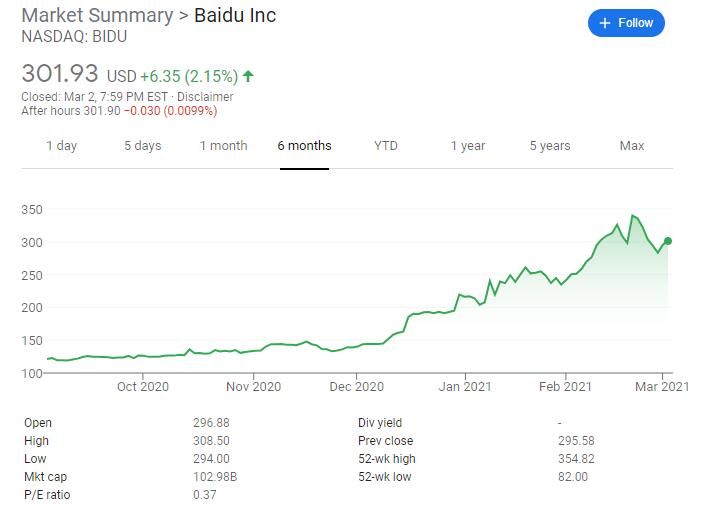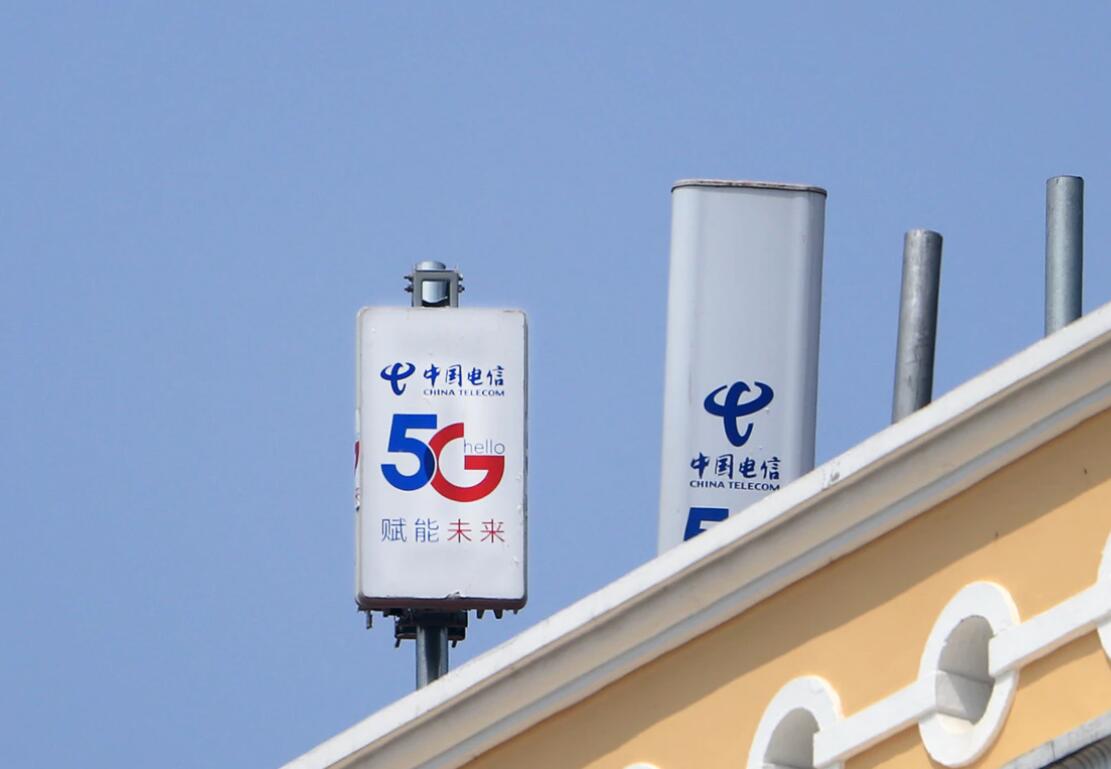Although 5G communication technology is still in the early stages of development, discussions about its evolved version have already begun to emerge and are seen as helping to bring self-driving technology up to a faster commercial pace.
Recently, the international telecom standards organization 3rd Generation Partnership Project (3GPP) officially identified the 5G evolutionary technology standard as 5G-Advanced, or 5.5G.
The 5.5G network will be able to carry hundreds of billions of connections, helping to bring connected vehicles and Internet of Things scenarios, including autonomous driving and low-altitude logistics drones, into the lives of the public as soon as possible, Wang Tao, managing director and president of ICT products and solutions at Huawei, recently said.
Wang said at the 5G-Advanced Innovation Industry Summit held by China Mobile and Huawei that 5.5G requires continuous innovation in six directions: spectrum reconfiguration, uplink enhancement, full-field view IoT, pass-sense convergence, L4 autonomous driving network and low-carbon.
Wen Ku, vice president and secretary-general of China Communications Standards Association (CCSA), said China's 5G development is showing a leading trend, and the total number of 5G base stations in China is now close to 1 million.
He believes that a huge task facing China is to meet the demand for 5G application innovation, address application fragmentation and accelerate the implementation of innovative applications in various fields including virtual reality, IoT, smart manufacturing, smart healthcare and Telematics.
At present, China Mobile has opened more than 500,000 5G base stations, accounting for more than half of China's 5G base stations and more than 1/3 of the world's, said Gao Tongqing, deputy general manager of the company.
Meanwhile, China Mobile's 5G subscriptions have reached 250 million and it was expected to have more than 700,000 5G base stations by the end of this year.


